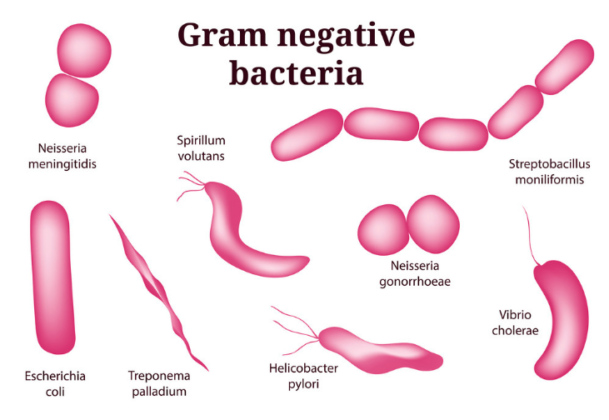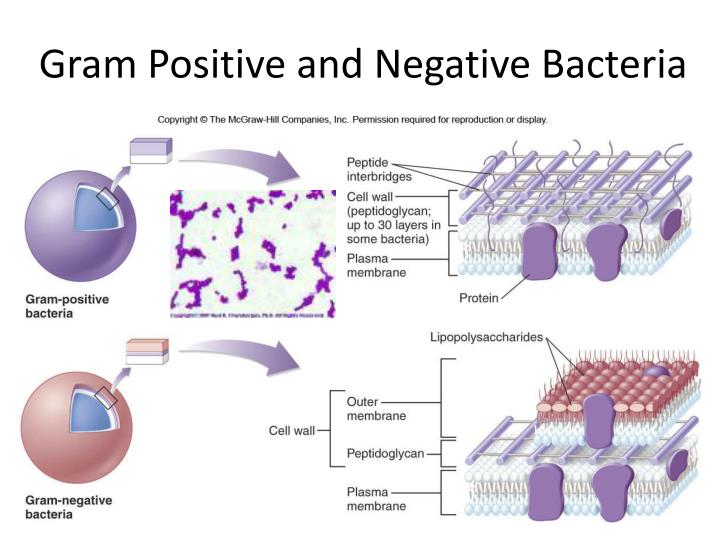

With ethanol treatment, Gram-negative cell walls is dissolved, and this allow the large CV-I complexes to be washed from the cell, whereas the highly cross-linked and multi-layered peptidoglycan of the Gram-positive cell is dehydrated by the addition of the solvent. Gram-negative cells have thin layers of peptidoglycan, one to three layers deep with a slightly different structure than the peptidoglycan of gram-positive cells. The outer membrane of the Gram-negative cell (lipopolysaccharide layer) is lost from the cell, leaving the peptidoglycan layer exposed. Following solvent treatment, only Gram-positive cells remain stained. For the third step, cells are treated with alcohol or acetone solvent in which the iodine-crystal violet complex is soluble. When added, iodine (I- or I3-) interacts with CV+ to form large crystal violet-iodine (CV-I) complexes within the cytoplasm and outer layers of the cell.

The iodine solution enters the cells and forms a water-insoluble complex with the crystal violet dye. The second step involves adding an iodine-potassium iodide solution. Data was drawn from a pharmaceutical facility located in south-east England. In order to assess the level of errors made in a typical laboratory, this paper assesses the different types of errors that can occur within a pharmaceutical facility. While interpretation can be overcome through good training there remains several factors which can affect whether a correctly stained sample is obtained, including specimen fixation, staining protocol, and slide analysis. The interpretation of a Gram-stain slide is inherently subjective. Errors related to issues with technique and interpretation. However, it is rare for the error rate to be quantified and assessed for error types (with the few published studies being confined to the clinical setting) ¹,².

Despite being a long-established method, the technique remains open to occasional errors. Gram-staining, a differential staining technique, is of fundamental importance for the identification and classification of bacteria and it is widely used in the medical and industrial fields of microbiology.


 0 kommentar(er)
0 kommentar(er)
